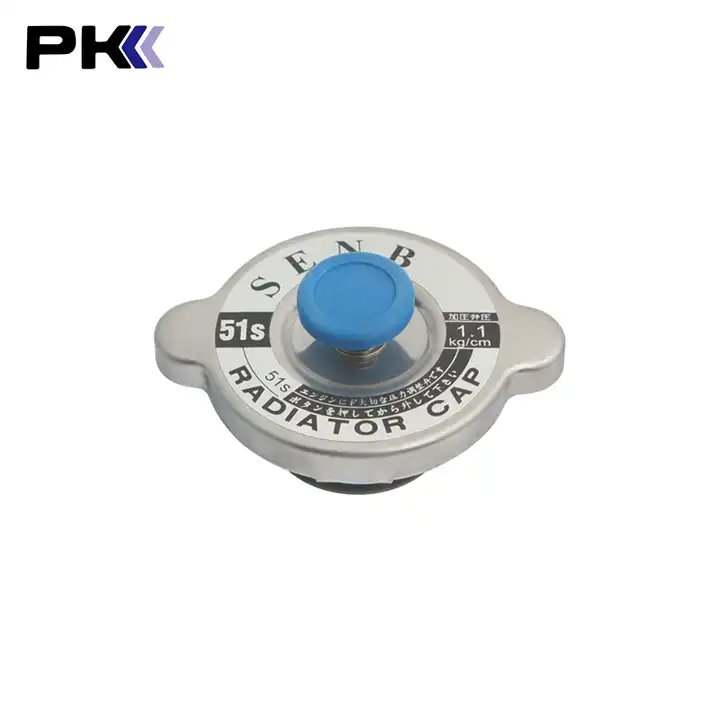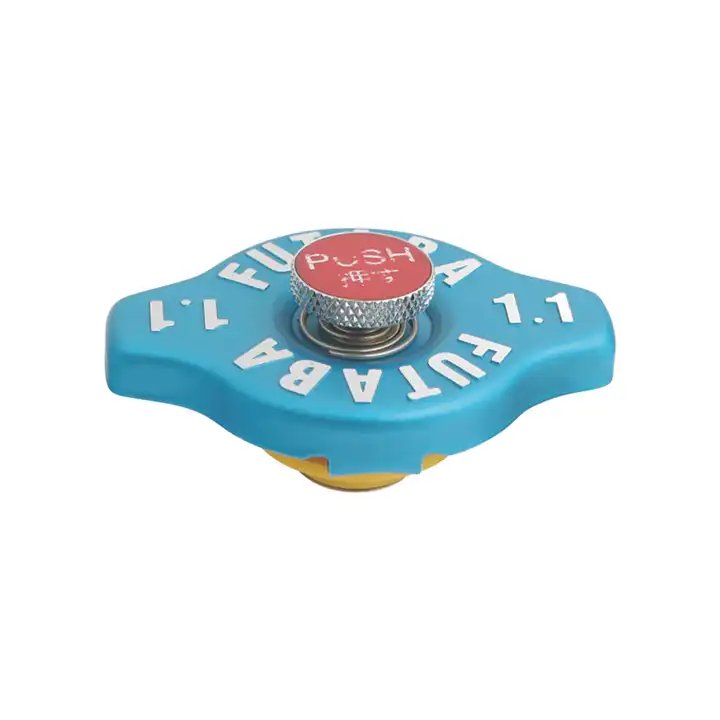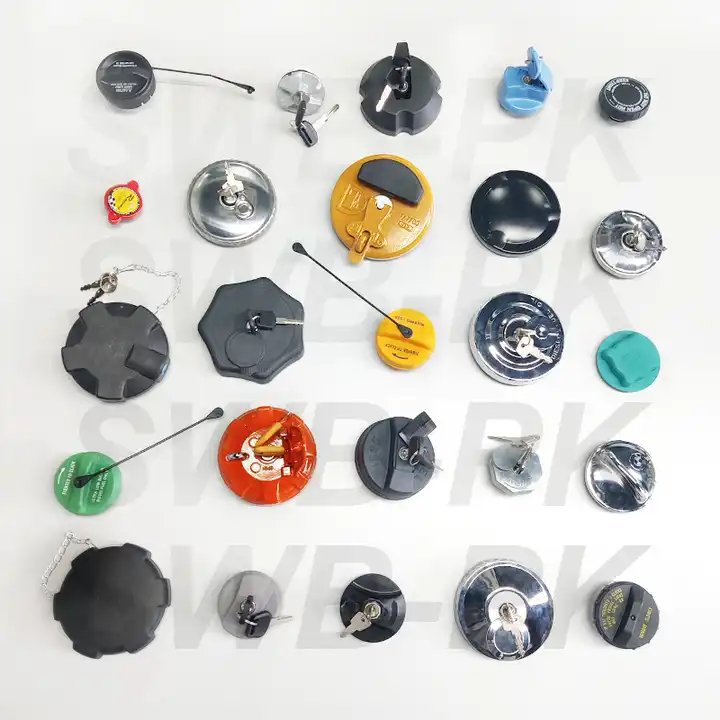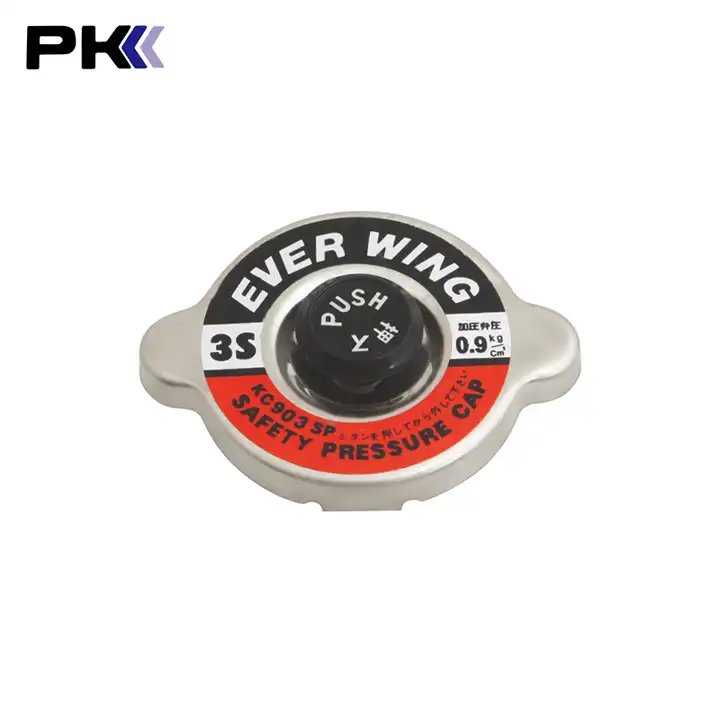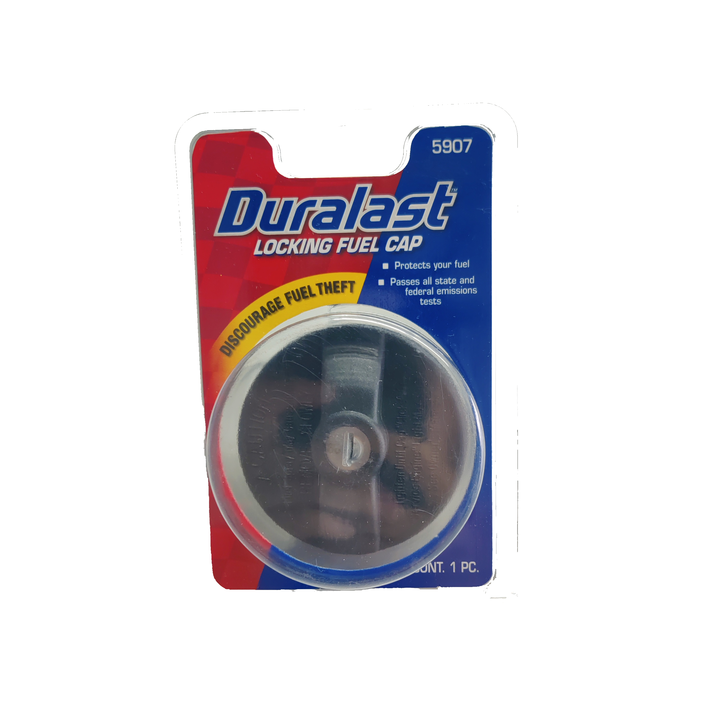Radiator Cap for Opel, Saab, Mazda, Rover, Mercedes-Benz, Nissan, Honda, Suzuki, Subaru, Toyota, Jaguar, Peugeot
When it comes to maintaining the cooling system of your vehicle, the radiator cap plays an often overlooked but crucial role. It serves as a vital component in managing pressure and ensuring the proper functioning of the radiator and the engine. If you’re a car owner of popular brands like Opel, Saab, Mazda, Rover, Mercedes-Benz, Nissan, Honda, Suzuki, Subaru, Toyota, Jaguar, or Peugeot, this blog will walk you through the importance of radiator caps and provide insight into selecting the right one for your vehicle.
| Opel | KADETT B | 1965-1973 |
| Opel | ASCONA A Voyage (84_, 89_) | 1970-1975 |
| Opel | MANTA A (58_, 59_) | 1970-1975 |
| Opel | MANTA A (58_, 59_) | 1970-1975 |
| Saab | 99 Combi Coupe | 1968-1987 |
| Saab | 99 | 1967-1987 |
| Mazda | 323 I (FA) | 1977-1982 |
| Mazda | 626 I (CB) | 1978-1982 |
| Rover | Mini | 1991-2000 |
| Mercedes-Benz | SALOON (W123) | 1976-1985 |
| Mercedes-Benz | S-CLASS (W116) | 1972-1980 |
| Nissan | SUNNY Traveller (140Y, 150Y) | 1979-1982 |
| Nissan | SUNNY I Traveller (B11) | 1982-1990 |
| Nissan | SUNNY I (B11) | 1982-1990 |
| HONDA | ACCORD III (CA) | 1985-1989 |
| HONDA | PRELUDE II (AB) | 1983-1987 |
| SUZUKI | Sj 410 | 1979-1988 |
| Subaru | Leone I Hatchback | 1979-1984 |
| Toyota | RAV 4 I (_A1_) | 1994-2000 |
| Toyota | RAV 4 I (_A1_) | 1994-2000 |
| Toyota | CAMRY Saloon (_V4_) | 2006-2011 |
| Toyota | CAMRY Station Wagon (_V1_) | 1991-1997 |
| Toyota | HILUX VI Pickup (_N1_) | 1997-2006 |
| Toyota | HIGHLANDER / KLUGER (_U4_) | 2007- |
| Toyota | HIGHLANDER / KLUGER (_U4_) | 2007- |
| Toyota | SUPRA (_A8_) | 1993-2002 |
| Toyota | PASEO Convertible (EL54_) | 1996-1998 |
| Toyota | AVALON Saloon (_X3_) | 2005-2012 |
| Toyota | PLATZ (NCP1_, SCP1_) | 1999-2005 |
| Toyota | HIGHLANDER / KLUGER (_U2_) | 2000-2007 |
| Toyota | LAND CRUISER Pickup (_J4_) | 1969-2001 |
| Toyota | YARIS (_P1_) | 1999-2005 |
| Toyota | 4 RUNNER (_N18_) | 1995-2002 |
| Toyota | 4 RUNNER (_N18_) | 1995-2002 |
| Toyota | SIENNA (_L3_) | 2010- |
| Toyota | RAV 4 II (_A2_) | 2000-2005 |
| Toyota | LAND CRUISER 200 (_J2_) | 2007- |
| Toyota | LAND CRUISER 200 (_J2_) | 2007- |
| Toyota | CAMRY Saloon (_V5_) | 2011- |
| Toyota | FJ CRUISER (GSJ1_) | 2006- |
| Toyota | FJ CRUISER (GSJ1_) | 2006- |
| Toyota | PRADO (_J1_) | 1998-2007 |
| Toyota | CELICA Coupe (_T18_) | 1989-1994 |
| Toyota | CELICA Coupe (_T18_) | 1989-1994 |
| Toyota | PASEO Coupe (EL54_) | 1995-1999 |
| Toyota | MR 2 III (ZZW3_) | 1999-2007 |
| Toyota | TUNDRA Pickup (_K5_, _K6_) | 2006- |
| Toyota | TUNDRA Pickup (_K5_, _K6_) | 2006- |
| Jaguar | XJ | 1968-1993 |
| Jaguar | XJ | 1968-1993 |
| PEUGEOT | 505 (551A) | 1979-1996 |
| PEUGEOT | 505 (551A) | 1979-1996 |
| PEUGEOT | 505 (551A) | 1979-1996 |
| PEUGEOT | 504 (A_, M_) | 1968-1986 |
| PEUGEOT | 504 (A_, M_) | 1968-1986 |
| PEUGEOT | 505 Break (551D) | 1982-1995 |
| PEUGEOT | 306 (7B, N3, N5) | 1993-2003 |
| PEUGEOT | 504 Break (D_, F_) | 1971-1986 |
What Is a Radiator Cap?
The radiator cap is a simple but vital part of your vehicle’s cooling system. It is attached to the radiator and serves several key functions:
- Pressure Regulation: It helps maintain the pressure within the radiator, preventing coolant from boiling over.
- Coolant Recovery: It facilitates the return of coolant to the radiator after the engine cools down.
- Sealing: It ensures that the system is sealed tightly to avoid any leaks.
Without a properly functioning radiator cap, your vehicle’s cooling system may fail, leading to overheating and potential engine damage. It is therefore essential to ensure that you choose the correct radiator cap for your vehicle.
Why Is It Important for Popular Brands Like Opel, Saab, Mazda, and Others?
Each vehicle brand, whether it’s Opel, Saab, Mazda, Rover, Mercedes-Benz, Nissan, Honda, Suzuki, Subaru, Toyota, Jaguar, or Peugeot, comes with unique specifications. The radiator cap that fits one make or model may not be suitable for another due to differences in radiator design, pressure requirements, and sealing mechanisms.
Opel and Saab
For European brands like Opel and Saab, radiator caps are designed to withstand the pressures typical of high-performance cooling systems. These vehicles, often built with efficient but demanding engines, require radiator caps that can handle higher pressure levels to prevent overheating during long drives or in warmer climates.
Mazda and Rover
Mazda and Rover vehicles also demand specific radiator caps that can adapt to their unique radiator setups. The cap’s pressure rating must match the vehicle’s cooling system design. For example, the Mazda 3 and Rover 75 might need caps with different pressure ratings, tailored to each model’s engine size and cooling system efficiency.
Mercedes-Benz and Nissan
Luxury brands like Mercedes-Benz require a high level of precision for their radiator caps. With sophisticated engines and cooling systems, Mercedes-Benz radiator caps are engineered to support precise pressure levels, preventing coolant loss and ensuring the system’s longevity. Similarly, Nissan offers various models with specific pressure requirements for their radiator caps, often based on whether the vehicle is a sedan, SUV, or sports car.
Honda, Suzuki, Subaru, and Toyota
For reliable, mass-market vehicles like Honda, Suzuki, Subaru, and Toyota, the radiator cap ensures efficient engine temperature regulation. These brands typically have a broad range of models, and each may require different caps depending on the engine type, such as whether it’s a hybrid, turbocharged, or a standard engine. Honda Civics and Toyota Corollas might share similar cap specifications, but it’s crucial to confirm model year and engine type for compatibility.
Jaguar and Peugeot
When it comes to luxury and performance vehicles like Jaguar and Peugeot, radiator caps must meet high-performance standards. Jaguar models such as the XF or F-Type, for instance, are engineered to handle high-speed driving and temperature fluctuations. Peugeot models, especially in European climates, require radiator caps that can withstand varying pressures during both short and long drives.
Choosing the Right Radiator Cap
When choosing a radiator cap for your vehicle, it’s important to consider the following factors:
- Pressure Rating: Each vehicle has specific pressure requirements for the radiator cap. Using a cap with the wrong pressure rating can lead to coolant loss, overheating, or even engine damage.
- Size and Fit: Ensure that the radiator cap is the correct size for your vehicle’s radiator. An ill-fitting cap can cause leaks or improper sealing, compromising the cooling system’s performance.
- Quality: High-quality radiator caps are built to last and resist wear and tear over time. When replacing a radiator cap, always opt for OEM (Original Equipment Manufacturer) parts or trusted aftermarket brands that meet the manufacturer’s specifications.
- Compatibility: Make sure the radiator cap is compatible with your specific vehicle model. The part number or model specifications in your vehicle’s manual will give you the precise information needed to find the right cap.
Signs That Your Radiator Cap Needs Replacing
Even though radiator caps are designed to be durable, they do wear out over time. Here are some signs that your radiator cap may need replacing:
- Overheating Engine: If your engine starts to overheat frequently, it may be due to a malfunctioning radiator cap.
- Coolant Leaks: If you notice coolant leaks under your vehicle, the cap may not be sealing properly.
- Warning Lights: Some vehicles have warning lights for the cooling system. If this light appears, it may be time to inspect the radiator cap.
Conclusion
The radiator cap is an essential component in keeping your engine running at optimal temperatures. Whether you drive an Opel, Saab, Mazda, Rover, Mercedes-Benz, Nissan, Honda, Suzuki, Subaru, Toyota, Jaguar, or Peugeot, selecting the correct radiator cap based on your vehicle’s specifications ensures that your cooling system functions properly, preventing overheating and costly engine damage.
Always consult your owner’s manual or a professional mechanic when in doubt about which radiator cap is best suited for your car. A small investment in a high-quality radiator cap can save you from expensive repairs down the road.

